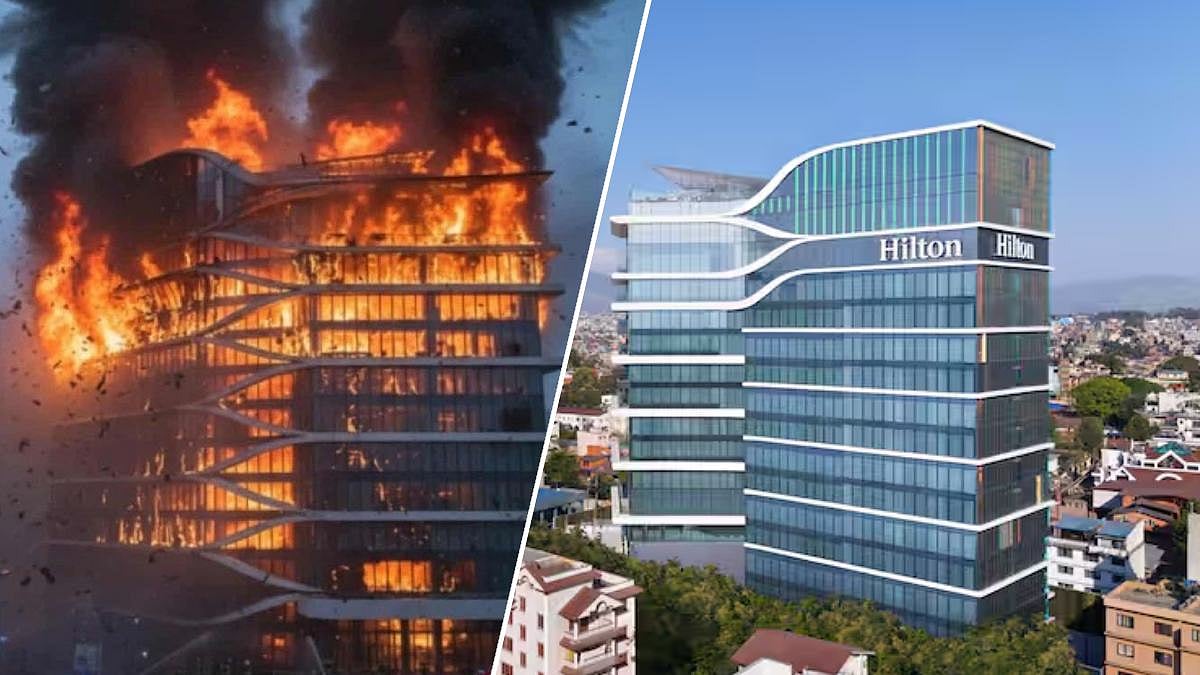Mumbai’s real estate landscape is undergoing a transformation as developers pivot towards larger, high-end apartments, reducing the supply of 1BHK units. While small apartments were once a staple for young professionals and first-time homebuyers, developers are now prioritizing spacious 2BHK, 3BHK, and ultra-luxury residences to cater to evolving buyer preferences.
Rahul Thomas, Whole Time Director at Suraj Estate Developers Ltd., highlighted this shift in demand. “We actively operate in the South-Central Mumbai region, where the focus is on luxury and ultra-luxury homes. Buyers are seeking premium residences in prime locations with essential amenities. However, our value-luxury projects in Mahim still offer 1BHKs, as demand remains strong among young professionals and investors.”
The trend is largely driven by rising disposable incomes, changing lifestyles, and work-from-home culture post-pandemic. Developers are responding by creating spacious homes with better ventilation and multi-purpose living areas.
Samyak Jain, Director of Siddha Group, noted, “While the market is shifting towards premium developments, the affordable segment continues to serve a large portion of homebuyers. 1BHKs in the right micro-markets with strong rental demand will still hold value.”
Shraddha Kedia-Agarwal, Director of Transcon Developers, echoed similar sentiments. “Luxury housing reflects changing buyer aspirations. While 1BHKs are less dominant in high-end projects, they remain relevant in well-connected locations.”
Industry experts agree that government bodies like MHADA and CIDCO now play a crucial role in supplying affordable housing. Prashant Sharma, President of NAREDCO Maharashtra, emphasized, “The demand for compact homes remains strong in budget-sensitive segments, especially among first-time homebuyers and nuclear families. Developers may explore efficient 1BHK offerings in suburban areas to address affordability.”
Nitin Singhal, Founder of Absolute Group, pointed to regulatory efficiency under RERA as a factor behind the shift. “Larger apartments provide higher carpet efficiency, making them financially viable. In contrast, 1BHKs have lower efficiency, leading to higher per-square-foot costs and unsold inventory pressure.”
However, some see a new opportunity in high-end compact residences. “There’s a huge appetite for branded residences in the studio and 1BHK format,” Singhal added, referring to the rising demand among NRIs, business travelers, and high-net-worth individuals (HNIs).
Dhiraj Mandal, Director of Mumbai Realtors, believes land costs will determine the future of smaller homes. “Where land costs are too high, building 1BHKs becomes unviable. These units will only return if the government offers tax exemptions for budget homes.”

For now, Mumbai’s real estate sector is embracing luxury, but the long-term viability of this trend will depend on economic shifts and policy interventions.
RERA vs. MOFA Carpet Area
Under RERA (Real Estate Regulation and Development Act, 2016), carpet area includes internal partition walls, while the MOFA (Maharashtra Ownership Flats Act, 1963) measurement excludes them. RERA’s standardized definition now governs real estate transactions across India, replacing MOFA’s earlier system in Maharashtra.










